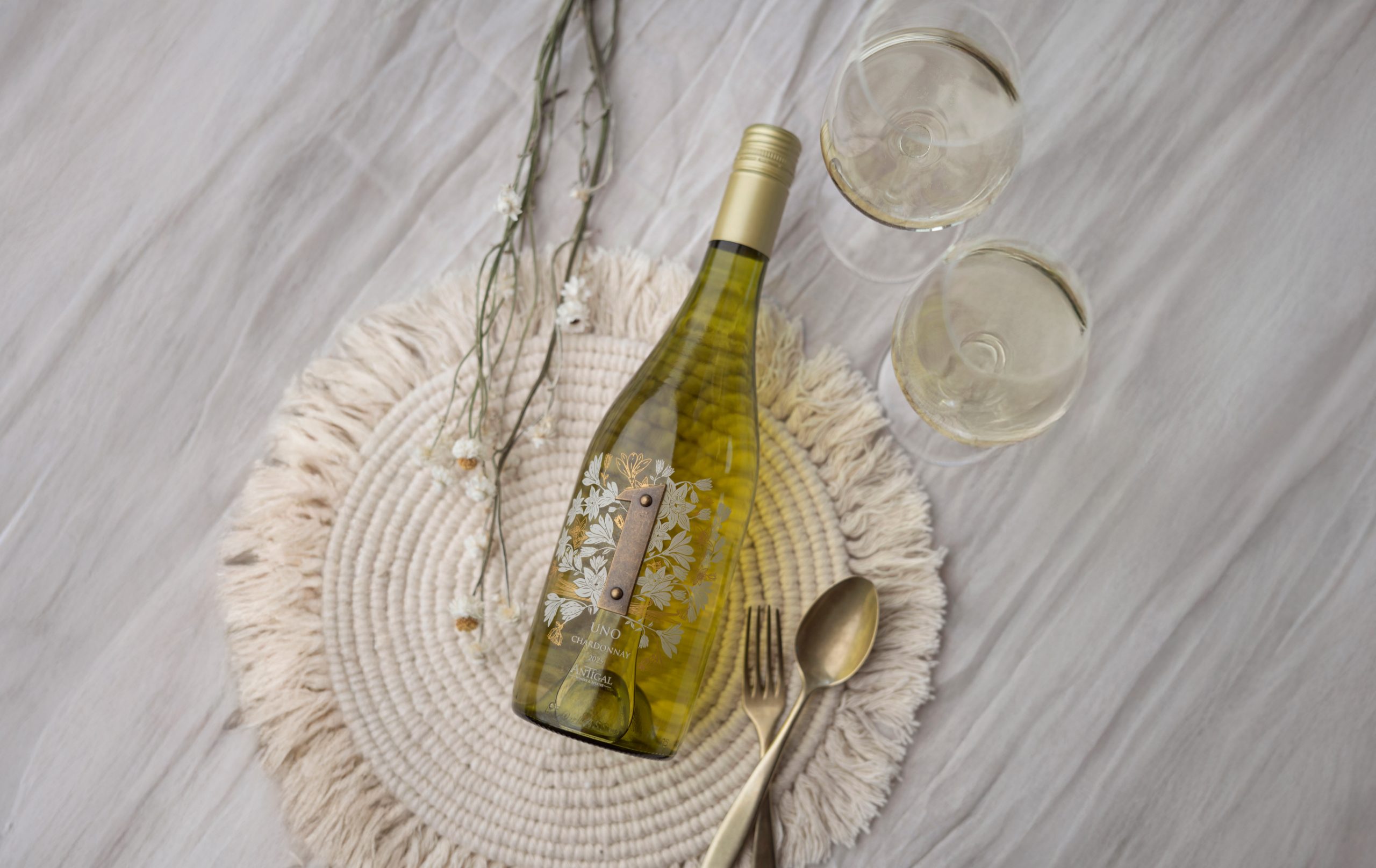Taiwan: Rice paddy vines and dragon fruit
Welcome to Taiwan, a beautiful island of 35,961 square kilometres to the South East of China where there are as many scooters as there are people.
Taiwan is a good country to live in and a place where you always feel welcomed with open arms. And it doesn’t matter that majority of the Taiwanese population do not (yet) speak good English, since the people in the street are all extremely friendly and willing to help at any time. It warms the heart. It even appears that vines grow here…
Yes, wine made in Taiwan does exist! And its history is one of the most recent. Estate wine production dates back to 2002. Prior to this farmers and homeowners were not authorised to produce their own wine and any production of vine grapes had to be sold to the Taiwan Tobacco & Liquor Corporation (TTL), the monopolist Government company.
A custom made program
We were greeted on arrival by a team of wine lovers – growers, importers and journalists – who have concocted a week of travelling (more than attractive) for us. Estate visits, a lunch with the Vice Governor of the Changhua County, the election of “Miss Grape”, the discovery of Oolong tea and the exploration of the coast. A great program.
But first of all lets go to the centre of the Island to the Changhua region, where most of the country’s wineries are situated.
We arrived after a three-hour drive from the capital Taipei. After getting out of the car, the heat and humidity overcame us instantly. A few minutes later we were literally soaked from head to toe.
Extreme weather conditions
Making wine in Taiwan is a real challenge, both technically and humanly. The vines are often to be found between cultures of red dragon fruit and rice, and this is not by coincidence. There is constant moisture in the air. It rains a lot and the soils are always wet, which makes it difficult to reach optimal maturity of grapes. In Taiwan there are no seasons and the climate is tropical. Winters are warm – 22°C on average – and the vines never rest. Imagine… here, theoretically at least, up to three harvests per year is possible. But vines need dormancy to rest and to build up resources to produce vigorous grapes. Add to that the typhoons from July to September. No doubt, we are in the heart of “extreme viticulture”. However making Taiwanese wine is not impossible. Far from it. “We just have to be passionate wine lovers; constantly attentive and working hard in both the vineyard and the cellar”, explained Hammer Huang, the winemaker of Domaine Croissance Profonde Estate.
And if all the winegrowers on the Island have a common point, it is their passion for wine. As you can imagine, making wine in such conditions is a huge personal and financial investment. At some point between 2011 and 2014, 10 of the 24 existing wineries have stopped their activity and replaced their vineyards with red dragon fruit which are more profitable and less tiring. Red dragon fruit are harvested more than six times per year, require little care and are sold at good prices in the Japanese market.
Tastings “made in Taiwan“
We have met some lovely winemakers. All working manually throughout the year, as no winery exceeds one hectare of plantation. The vines are grown using pergola* trellising to avoid diseases. Sometimes the grapes are protected with small plastic bags – a practice generally used for table grapes. We were surprised by the size of the berries that sometimes reached the circumference of small plums.
Some wineries are doing well qualitatively, especially bearing in mind the context.
4 wines have caught our attention:
-”Black Queen 2013“, from Domaine Croissance Profonde Estate
The only wine from the Estate with only 600 bottles produced every year! Undoubtedly the most successful wine we tasted. Nose of black fruit, vanilla and cocoa – aged 6 months in French and American oak barrels. Rich palate with lots of tannins. Fruity finish. 14% vol.
Cellar price: 110 USD (environ €82)
-”Jen Shiang N°1 white 2011“, from Peng Chiun Ding Estate
A white wine made from local grapes : hybrid creations of the owner which do not have names, but numbers. Muscat nose, dried fruit and candied lemon. Fresh and sweet in mouth. Easy drinking wine, good as an aperitif. 12% vol.
Cellar price : 30 USD (€22)
Partner Content
-”Nature & Dainties red 2012“, from Peng Chiun Ding Estate and “Imperial red wine Black Queen 2013“, from Sunshine Unbosom Estate
Red wines made of Black Queen** and aged in stainless steel tanks. Nose of currants and sour candy. Little tannins. Crispy and fresh on the palate. 12% vol.
Cellar price: around 20 USD (€15)
Miss Grape 2014
We ended this week of wine discovering in the Changhua County with an unexpected and enjoyable Sunday. Mr Ke Cheng Fang, the Vice Governor of the County wanted us to meet up to discuss the richness and the diversity of Changhua agriculture.
The County is renowned throughout Asia for its production of flowers, grapes, grapefruit and red dragon fruit. And I can confirm that the fruit we have enjoyed during the promotional discourse were absolutely delicious. To follow was the election of “Miss Grape 2014″, to which we were invited. This is an annual election broadcasted live on television across the country and highlighting, in its way, the virtues of local agriculture. The presenter was raging while the contestants were parading and votes appeared gradually on a screen as the viewers voted by remote control.
The moment was nice. If someone had told me that I would see these Taiwanese contestants with grapes sewn into their dresses and hats…
Oolong – Tea’ Rolls
While recovering from our emotions, we left to the North to discover Oolong, an unique Taiwanese variety of shrubs, giving teas with exotic fruit flavours. Producing a bag of Oolong tea is a « true work of ants »: only the young shoots of each shrub are harvested twice a year, ie the equivalent of 3 to 5 leaves per shrub. Imagine the number of shrubs needed for a cup of tea…
Here each tea service is a ritual, a kind of testimony of gratitude to this noble product, drank and enjoyed around the world. Firstly water is poured at 90°C to open the tea leaves, and then discarded. The same is done for each cup to warm the container. Then hot water is added to the cup for about one minute – at the discretion of the master, and we drink the tea very hot, at 42 ° C. This process is repeated ten times, and then the tea leaves are changed to continue the tasting (good aromas of mango, pineapple and passion fruit…).
We learned that it is the fermentation of the leaves which gave power to the tea and modified its perfumes. For example green tea is unfermented tea – or very little, up to 15%. Conversely the black tea is 80 to 100% fermented. The more the tea is fermented, the more subtle the fragrance, developing notes of damp earth and undergrowth. One has to understand that Oolong is rare and precious. It tends to grow in mountainous areas, over 1500m in altitude. So to better understand the culture of this unique tea, we spent the night in the mountains, in the middle of a plantation, with Mr Zhang Jia-xian, a humble and talented producer. We dined under the stars sipping two Italian reds: a Langhe Rosso 2010 from Mustela and a Nebiollo d’Alba 2010 from Negretti. A little bit of Paradise.
In closing of this magical moment, we lunched along the coast enjoying some seafood. We had the opportunity to enjoy two new culinary experiences : eating small whole local crabs – it’s good, crispy and it melts on the tongue. And something a little more adventurous – crunching a fish eye… much less appetising – it is viscous and cartilage… the second eye remained on the soup plate! Before leaving Taiwan for further Wine Explorers’ adventures, we simply had to experience Xiao Long Pao, a culinary specialty invented by Din Tai Fung, a Taiwanese chain of restaurants very famous in Asia (originally from Shanghai).
Xiao Long Pao are among the best dumplings in the world. They are fresh pasta stuffed by hand with a preparation of pork and soup, which is accompanied by a sprig of fresh ginger and dipped in vinegar and fermented soybean sauce. An explosion of flavours and textures, between the hot soup and the freshness of the vinegar, crunchy ginger and fudge ravioli. We have not recovered yet… To be enjoyed urgently !
*Pergola : for more information, cf article on Japanese wines
**Black Queen is a Japanese hybrid grape variety
Thank you to Mr Sanza Bulaya, Mme Daisy Hu, Mr Hammer Huang, Mr Yusen Lin et Pr Liang-Chih Chen for their warm welcome.
Follow the Wine Explorers’ adventures on their website, Facebook page and blog.




